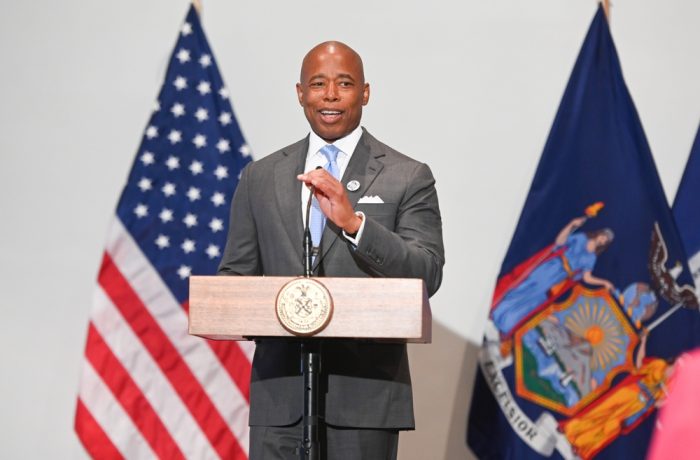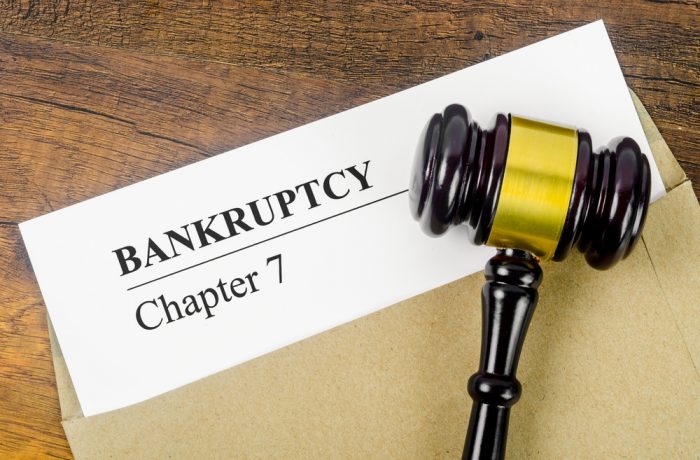Medical debt is a significant burden and crisis that keeps many Americans awake, and it shows no signs of abating for over 30 million Americans. Presently, individuals owe more than $190 billion, causing financial distress with negative consequences for their well-being.
Sadly, as healthcare costs continue to rise, many are forced to navigate a complex system that often leaves them drowning in debt and living in a financial nightmare. Data shows that medical debt remains the leading cause of personal bankruptcy in the United States.
Findings show that unpaid medical bills constitute the largest source of debt collection in the United States, more than a combination of credit cards, utilities, and auto loans. According to Kaiser Health News, of over 100 million adults nationwide, over 41% have medical debt.
Facts and Effects of Medical Debts
Evidence shows that debts often lead to life-threatening delays in seeking medical care and possible denial of treatment. Some financially fragile households with bills often resort to using their savings, retirement, or college funds, racking up credit card debts, or taking out risky loans to pay off medical bills to avoid aggressive collection practices.
In 2020, over 65% of bankruptcies filed in the United States were linked to medical debt. Moreover, at least 1 in 10 adults (9%) in the United States have a medical debt, where over 11 million Americans owe at least $2,000 and over 3 million people owe more than $10,000.
Data also shows that people of color are more likely to have medical debt than white people, and adults with low incomes have medical debt that is more than $10,000.
In fact, people with medical debt have difficulty paying other bills, like rent, utilities, and groceries, and experience financial stress, anxiety, and depression. Thus, it remains a severe problem in the country, devastatingly impacting people’s financial and emotional well-being.
In a webinar organized by the Center for Health Journalism, USC Annenberg experts shared insights on how medical debts are a source of distress for many Americans, its effect on health outcomes, how it fuels racial health disparities, and innovative policies that are in place.
Noam Levey, a senior correspondent at KFF Health News, revealed that medical debt is more prominent in some parts of the country than others, “It is largely concentrated mainly in the Southeast, Texas, and parts of Appalachia.”
Some effects include a “63% cut in spending on food, clothing, and other essentials. 4 in 10 took on extra work. 1 in 5 changed their living situation, like losing a house or moving out of an apartment and moving in with friends and family. One in 7 say that a hospital or other medical provider denied them medical care because they owed that provider money,” He explained.
Moreover, there is also a high correlation between insurance coverage and medical debts. The experts claim that the sickest parts of America are the places with the highest level of medical debt. Specifically, Black Americans, especially young people, are 50% more likely to have healthcare debt. Parents and new mothers are also reported to go into debt after giving birth. As I mentioned, sick Americans are more likely to have debt than low-income Americans.
Causes of Debt burden for Black households
Medical debt is prevalent in the South, where many black populations reside. Also, a relationship has been established between the racial health gap and the wealth gap. Berneta Haynes, a Senior National Consumer Law Center attorney, says, “What we see is that these two gaps intersect to create a perfect storm of debt for many black families.”
Many black families with medical debts are also unable to settle their medical bills, compared to white families in similar situations, with little wealth to fall back on.
They also must contend with a lack of insurance.
The experts explained, “It is also a region where you see higher rates of uninsurance or lack of insurance since Medicaid was not expanded in the South.
Furthermore, chronic conditions, often found among blacks, are linked with more significant medical debt. Thus, “The more a person must interface with the health care system, the more they are at risk of incurring medical debt. And chronic conditions lead to more interactions with the health care system,” says Berneta Haynes.
Health Effects of Medical Debt: Impact on Individuals and Community
Unpaid medical bills affect individuals’ credit histories and scores, with a wide range of consequences for their employment and home ownership. The experts shared, “It can lead to people using higher cost forms of financing like payday lending or credit card debt, leading to prolonged cycles of debt and lawsuits from health care providers or debt collectors trying to recoup that money.”
On health behaviors, research shows that financial instability leads to stress, especially in the use of aggressive debt collection practices that affect subsequent choices they make.
Some health behaviors include increased alcohol consumption, tobacco use, poor nutritional choices, and avoidance of clinical care.
“We’ve heard that when people have medical bills, they’re less likely to access the necessary health care. They’re also less likely to buy the prescriptions they need or to use them correctly, which leads to worsening health outcomes,” says Noam Levey.
Role of Hospitals in Medical Debts
Medical service prices across the nation have continued to rise over the years; the situation is confounded by more Americans having health plans that require them to pay out of pocket when they go to the hospital or before their insurance kicks in.
Mandy Spears explains the effect on many Americans. “Millions of people are exposed to extremely high prices charged by hospitals in a way that they may not have been 25 years ago when people had more robust insurance coverage.”
However, some nonprofit hospitals have a financial assistance program and are obligated to provide charity care designed to alleviate the burden of medical bills among low- or moderate-income patients.
” This program is supposed to be readily available to patients to find when they check in or get a bill; there’s an application process,” says Mandy Spears. The expert explained that the hospitals can set the standard for financial assistance.
However, the programs are difficult to access due to the cumbersome and intimidating application processes, including the kind of information demanded. “Many people don’t necessarily want to provide their asset information. Like their car’s model year, for fear that their car could be taken away from them because of a medical bill.” She explains.
Many hospitals make financial assistance inaccessible to patients and pursue aggressive debt-collection practices. A process that involves suing patients. In some cases, they report their patients to credit bureaus so that people’s credit scores are hurt, or sometimes they sell the information to debt companies that will pursue the patients themselves.
The approach is increasingly feeding the financing industry and has been discovered to be quite lucrative for the parties involved. “So, the offshoot of all of this is that people are making money off the growing problem of medical debts. But patients, of course, are getting stuck with even larger debts,” says Mandy Spears
Hospitals sometimes have an explicit policy of turning away patients who need non-emergency care if they have an outstanding debt.
Solution
One proposed solution is patients’ awareness of a hospital’s Medical Debt Guide. “They have no way of getting themselves out of medical debt if they don’t find out about financial assistance (detailed in the medical debt guide). Hospitals don’t do enough to ensure that folks are aware of their options and resources that are available to prevent themselves from being wired in medical debt,” says Bernita Haynes
The experts also acknowledged the various actions different bodies took to manage the situation. “So, the Biden administration has taken additional measures in the places that it can act, such as primarily in federal agencies, by reducing the reliance on medical debt information. The Consumer Financial Protection Bureau is also quite aggressive at waving the flag around medical debt, “says Noam Levey.
Other suggestions include changing health care policies and billing.
“Limit the amount that can be charged to folks, consider health care a human right and essential, limit charges, and move to a single-payer system if necessary.” She explained, “It is important to highlight that uninsurance is a big part of medical debt and a huge risk factor,” says Mandy Spears.





